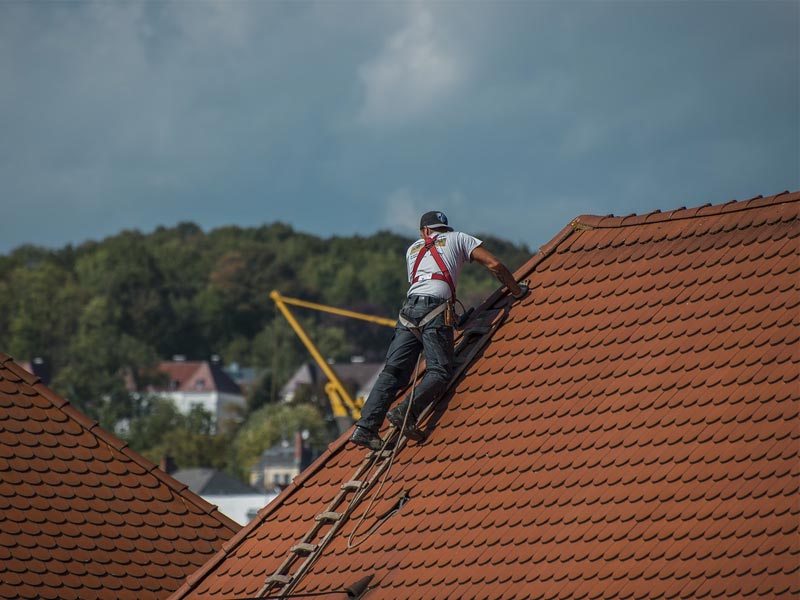While many homeowners consider aesthetics and cost when selecting roofing and siding materials, one crucial factor often gets overlooked – the climate. The regional weather and local environmental conditions can significantly impact the longevity, performance, and maintenance of both roofing and siding materials. This article will explore how different weather conditions can influence your choices for these crucial home elements.
Hot and Sunny Climates
In hot and sunny climates, the primary concern for homeowners is heat absorption, which can make a home unbearable during peak summer months and drive up cooling costs. For roofing, metal is an excellent choice as it reflects heat rather than absorbing it. It also withstands sun damage well. As for siding, light-colored vinyl siding is a good option as it reflects sunlight and doesn’t fade easily under UV exposure.
Cold and Snowy Climates
In cold, snowy climates, your roofing and siding need to withstand heavy snowfall and frigid temperatures. Metal and slate roofs are suitable choices since they can bear heavy snow loads and slough off snow, reducing the risk of damage or collapse. Insulated vinyl siding or fiber cement siding are good choices for these regions, as they offer excellent insulation and can withstand harsh winter conditions.
Wet and Rainy Climates
In regions with high rainfall, your primary concern should be water resistance and prevention of water-related damage like rot or mold. Asphalt shingles and metal roofing, with their excellent water-shedding properties, are good choices. Siding in such areas should also be water-resistant – vinyl and fiber cement siding perform well in these conditions. Wood, while beautiful, might not be the best choice due to its susceptibility to moisture damage.
Windy Climates
For areas prone to high winds, such as coastal regions, your roofing and siding need to withstand those forces. Metal roofing and high-quality asphalt shingles designed for high wind resistance can stand up to this challenge. When it comes to siding, fiber cement is a reliable option due to its weight and rigidity, which help it resist wind damage.
Mixed Climates
For mixed climates with hot summers and cold winters, homeowners need versatile materials that provide good insulation and can withstand a variety of weather conditions. Asphalt shingles are a popular roofing choice for their versatility and affordability. Vinyl siding, too, offers a good balance of durability, affordability, and insulation.
Local Environmental Conditions
Apart from the overall climate, consider local environmental conditions. If you live in a wooded area prone to fires, choose fire-resistant materials like metal roofing and fiber cement siding. In areas with salt spray, such as coastal regions, choose materials resistant to salt corrosion, like high-quality vinyl or fiber cement siding.
In conclusion, understanding your local climate and environmental conditions is key to choosing the right roofing and siding materials. A material that works exceptionally well in one climate may fail prematurely in another, leading to costly repairs or replacements. Therefore, before making a selection, consider your local weather patterns, consult with local experts, and choose materials designed to perform well in your region’s conditions. This approach will not only protect your investment but also ensure the longevity and durability of your home.

